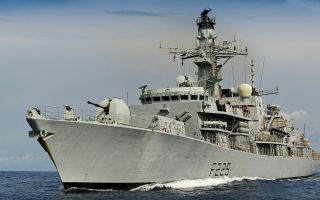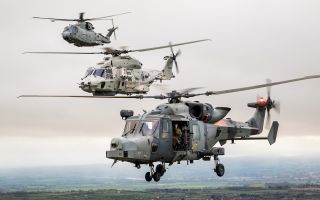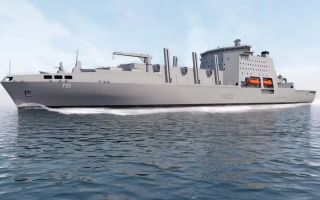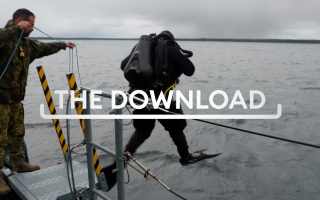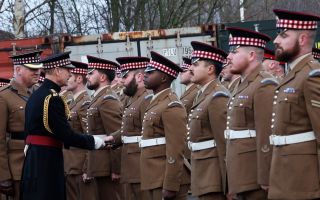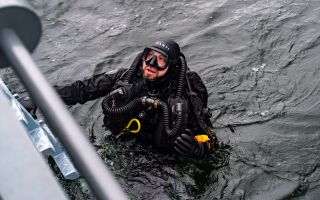A look at Nato's spearhead force using a 'Lego system of building blocks'
Nato's Very High Readiness Joint Task Force (VJTF) was created in 2014, following Russia's illegal annexation of Crimea and crises in the Middle East.
Germany has just taken over from France, which led the force in 2022.
In response to Russia's full-fledged invasion of Ukraine in February last year, Nato deployed elements of the VJTF to Romania on the unit's first collective-defence mission.
What is the Very High Readiness Joint Task Force and what does it mean when you are the lead nation running it?
Jamie Shea, the former Deputy Assistant Secretary General at Nato and now a Research Fellow for Chatham House, told Forces News: "It's a multinational force which is composed of around 10,000 soldiers which has to be able to move within a month at the maximum, 15 days preferably, to deal with an impending crisis.
"Every year, a different ally steps up to offer to lead the VJTF which means providing the headquarters, the engineering, many of the mobility assets, and usually, between one quarter and one-third of the troops making up the force, and various other allies, of course, then contribute so-called niche capabilities to give the force its initial capability.
"It's known in Nato as the spearhead force, which means that it can rapidly enter an area so, for example, to secure a port, to secure an airfield, a piece of critical infrastructure, and prepare for the arrival of more significant Nato reinforcement troops, so it gives Nato a flexible quick response option to deal with any kind of crisis in the Euro-Atlantic area."
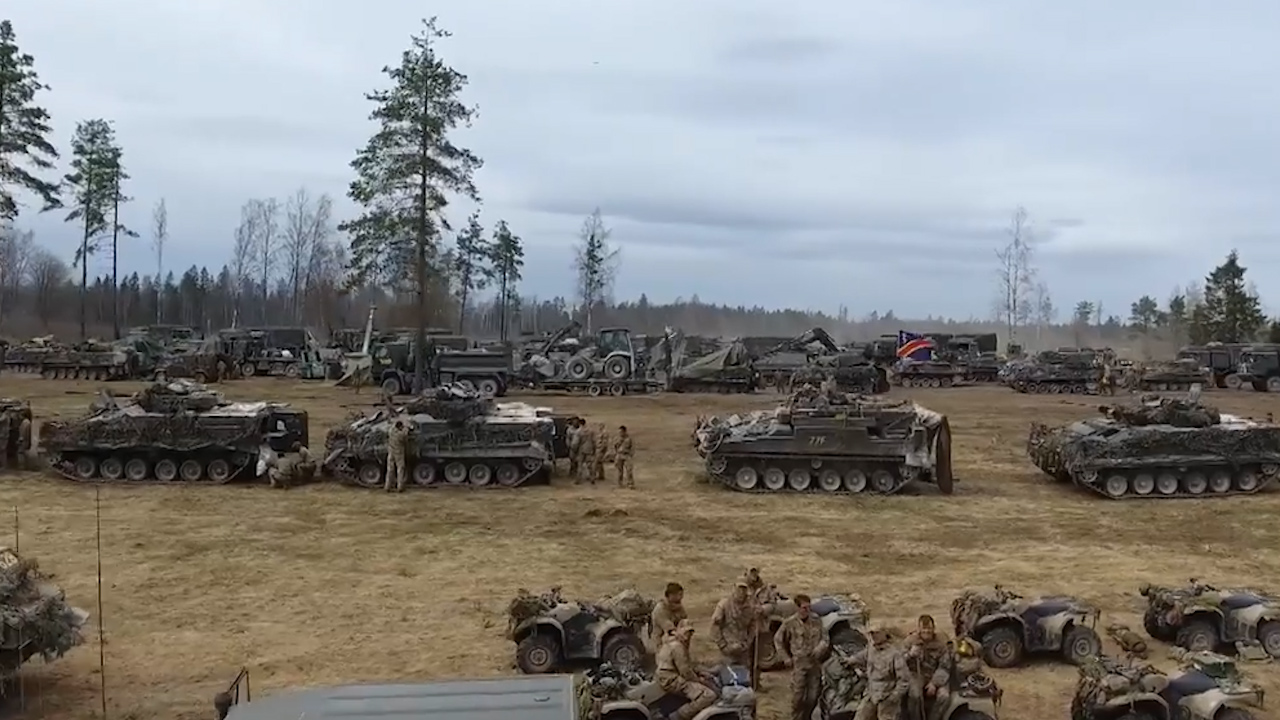
How big is the force?
Nato's spearhead force consists of between 10,000 to 12,000 troops.
However, according to Mr Shea, "the numbers are numbers are less important than the mix of capabilities."
"There are some air assets and some maritime assets as well, and of course special forces, special operations forces, these kind of various capabilities.
"There is some degree of mix and match. The idea is to have a Lego system of different building blocks and then Nato commander given where the force has to go, northern Norway, southern Italy, Turkey, what it has to do, can decide on the exact mix of capabilities that will be involved," Mr Shea said.
How long does a nation take the lead for?
A member state takes the lead of the force for a year. The reins are handed over on 1 January.
Mr Shea added: "It's a bit more complicated than that because any country that accepts to have the lead the force also commits to lead the year previously to provide forces to the force.
"And the year after it has finished its leadership also to continue to provide forces to the force."
This means, in practice, that accepting to lead the forces is, in fact, a three-year commitment.
The leading country takes on the responsibilities that include providing headquarters, air support, intelligence, and guaranteeing the troops can be easily mobilised.
During those three years, the VJTF is kept in a very high state of readiness to be deployed. This means that during that time they cannot be part of other missions for example with the UN in the event that they need to be deployed by Nato.
According to Mr Shea, Nato is keen on keeping those forces committed to the sole mission of VJTF.

